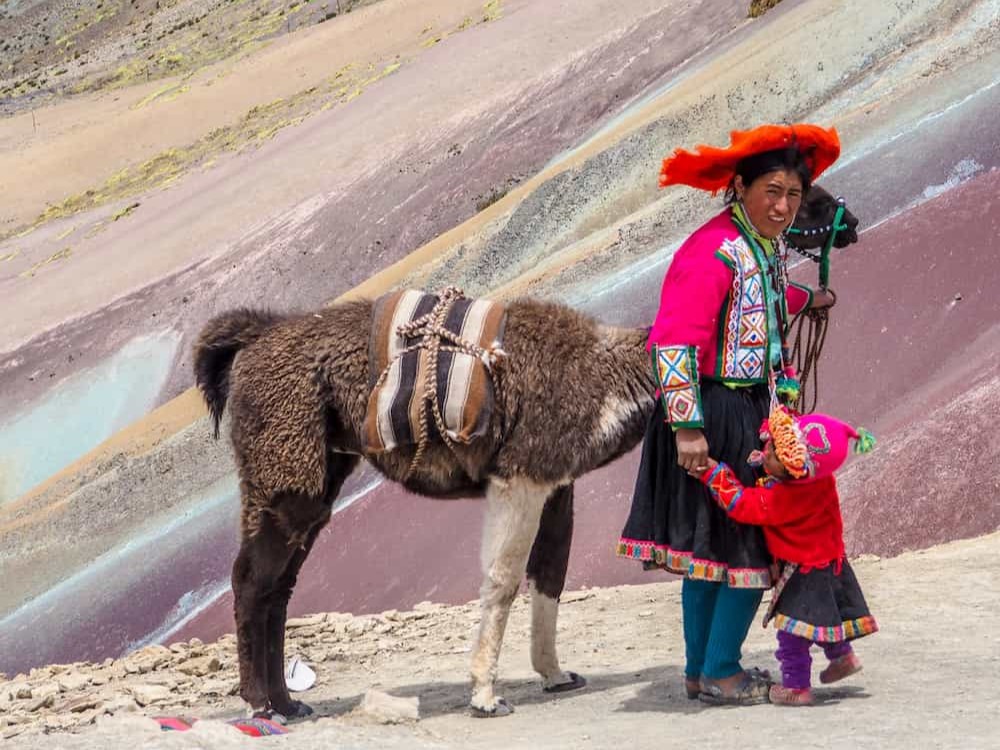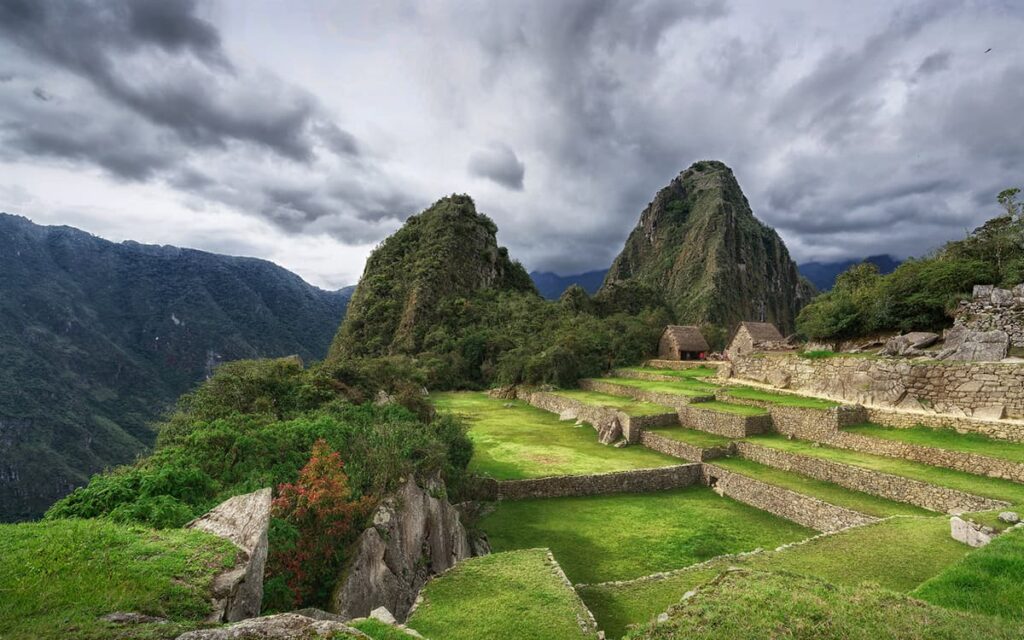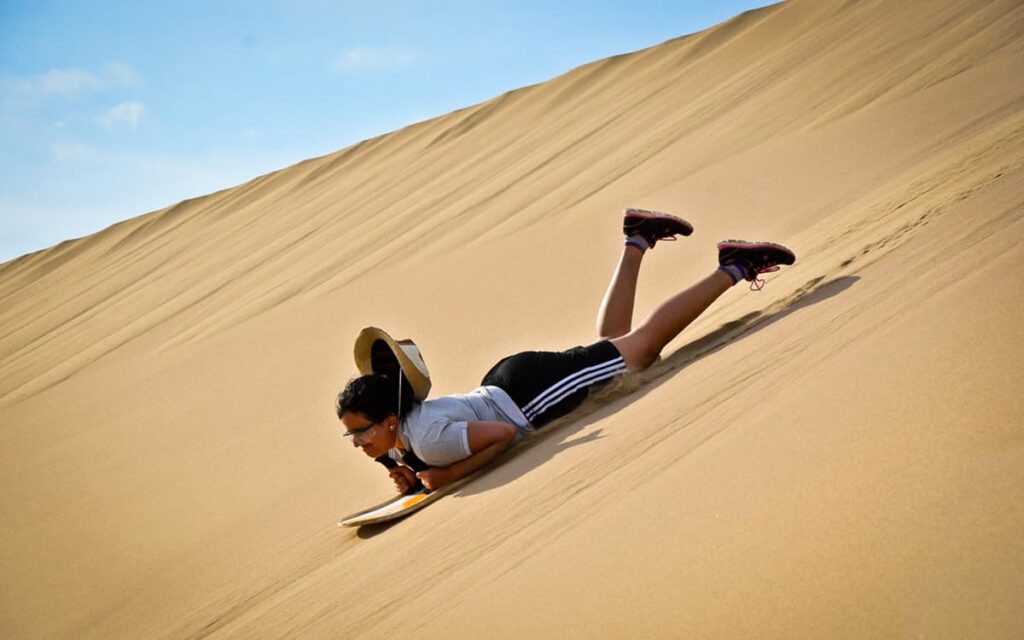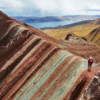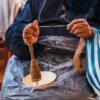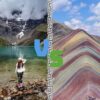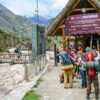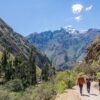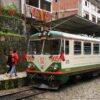Hatun Rumiyoc, a Quechua word that means «Big Stone» gives us an indication of what this tourist attraction means, and that is that the stone of the 12 angles is that, a carved stone, specifically green diorite. This is embedded in the outer wall of the palace that is believed to have belonged to Inca Roca, in the street called Hatunrumiyoq.
Hatun Rumiyoc is also the name given to the wall that comprises this famous Inca stone, this wall is considered an archaeological ruin and houses evidence of three identifiable periods: the Inca, the colonial, and the republican. The twelve-angle stone is in the exact center of the wall, perfectly grounded thanks to the work that the carving craftsmen carried out on it.
This stone is important for being unique in the world and for its perfection, and for representing in it the Inca technology of work on rocks destined to form part of the walls. As in most of the buildings of these men, it is also possible to observe in this wall, and in this famous stone, the impossibility of even passing a hair between its perfectly fitted slits.
Regarding the material in which this stone is carved, we can say that diorite is an igneous rock, that is, one that is formed after the cooling and solidification of magma, it is also characterized by being a stone that has a resistance of 1200 Kg and a hardness of 6º, along with this it possesses magnetic qualities, the latter quality that may be one of the reasons why it is thought that the rock was capable of providing energy to whoever touches it.
To see the stone of the twelve angles you only have to walk for 100 meters after the Plaza de Armas, near the Museum of Art of the Archbishop, on the route from the Plaza de Armas to San Blas, there is no cost to be paid for power appreciate it and it is worth noting because it is one of the Cusco emblems that is also in perfect condition.
Where is Hatun Rumiyoc located?
It is located about 200 m from the Plaza de Armas of the City of Cusco, in Peru; it is arrived in direction northeast by the side of the Church of the Triumph; From here walk straight and you will reach Hatun Rumiyoc Pedestrian Street.
What does Hatun Rumiyoc mean?
According to some scholars, Hatun Rumiyoc means «house that has large stones or that has a large stone.» This palace was built by Inca Roca and had a residential function, for the members of his panaca “Ayllu WaqaK’irau” (where the sacred object lies).
Hatun Rumiyoc Street
After the Spanish invasion, the Inca Roca palace was partially dismantled, to build the colonial residence of the Valverde Contreras and Xáraba family, Marquises of Roca Fuerte. To later become the archiepiscopal palace. Although most of the wall in front of Calle Herrajes has been lost, there is still a perimeter of 190 meters that can be observed, the same one that exhibits the skill and particular aesthetics of the carvers of the Tahuantinsuyo Empire.
It is pedestrian access. There is the archiepiscopal palace or art museum. This palace was formerly attributed to Inka Roca, the first Inca of the Hanan Cusco dynasty. The ¨greendiorite¨ stones fit perfectly into its walls. In the impressive fabric of the wall you can see the stone of the twelve angles, famous for the perfect fit of its corners with the other stones that does not allow even a needle to be inserted into its joints.
On the walls that served as the support of the Inka Roca palace, you can now appreciate the colonial and republican architecture. These three styles present allow us to compare the skill of the carvers of the empire and their particular aesthetics.
The wall of Hatun Rumiyoc Street is a formidable example of the polygonal assembly of the stones; which was used by the Incas to build supporting walls. You may also notice that on the south wall, the polygonal assembly is not structural, with a veneer that serves as a cover for a rough wall that supports it.
On the paved floor you can also see the artisans of different nationalities offering on their fabrics the work they have done: bracelets, necklaces, fabrics, rings among other ornaments.
Hatun Rumiyoc Street is particularly beautiful during the day, but at night the streetlights create a deep three-dimensional feel to the stones offering great photographic opportunities. During the day, visitors to the Twelve Angled Stone can have their photo taken with an Inca in full costume for a small tip.
Much of Hatun Rumiyoc Street is dominated by the impressive wall that was once part of the Inka Roc’a Palace. After the arrival of the Spanish, the building was occupied by some of the most prominent figures of the city until the beginning of the 20th century, when it became the Palace of the Archbishops. Today, converted into a beautiful colonial mansion, it is home to the Museum of Religious Art of Cusco that exhibits many works from the Cusqueña School.
Where Hatun Rumiyoc Street meets Choquechaca Street, the impressive finish of the walls, and the street (now a narrow highway with motor vehicles) continues uphill and into the San Blas district.
Hatun Rumiyoc Palace
Archaeological Remains of Hatun Rumiyoc Palace is a wall built with the type of stone «green diorite», located outside the palace attributed to Inca Roca. The wall is admirable for its polygonal architecture, the front of which covers almost the entire Hatunrumiyoc Street.
It is characterized by the fact that at the center of the wall is the stone of the twelve angles, famous for the perfect assembly of its corners and sides with the other stones. This wall has overlaps of a colonial and republican wall, and is currently part of the Archbishop’s Palace – Museum of Art.
Hatun Rumiyoc Palace is known because the famous «twelve-angle stone» is found in it. The palace was located on the corner of Hatunrumíyoc and Herrajes streets, which is currently occupied by the Archbishop’s Palace and by a museum of colonial art open to the public.
Here, the architects had to build a platform to level the land, since there it begins to sharpen its slope towards San Blas. A work worth seeing since the east and south walls of the platform have been recovered thanks to the cleaning work.
Although most of the Herrajes front has been lost, there is still a 190-meter perimeter surrounding the platform, the same one that exhibits the skill of the empire’s carvers and their particular aesthetics.
The retaining wall of Hatun Rumiyoc Palace is a formidable example of the polygonal assembly of the stones; used only by the Incas to build supporting walls. We can also notice that in the south wall, the polygonal assembly is not structural, but a veneer that covers a rough wall that acts as a support.
Attractions
The most striking feature of this palace is the stone canvas of its beautiful wall (inclined inwards). Built with irregular polyhedra of green diorite stone, it was the palace of the Inca founder of Escuelas. Here is the famous «Twelve Angled Stone». We only have the beautiful Inca wall of this Palace.
In the colonial building erected on it, the Archbishop’s Palace, we find the Museum of Religious Art that houses an important collection of colonial and religious paintings.
Visiting Cusco is a real adventure whose protagonist will be yourself, instead of a memorable experience, that is why Cusco is definitely one of the most incredible cities with a great variety of archaeological centers and tours such as Sacred Valley, Camino Inca or Machu Picchu. To enjoy an unforgettable experience, contact Inka Trail Backpacker, a company that will better assist you during your visit, of course it is always with the necessary advice for you and yours as well as the guarantee, responsibility and security that characterizes us. If you visit the city of Cusco another impressive destinations that you can visit are the tour to rainbow mountain peru or the humantay lake tour from cusco, which only takes one day. But if you are gonna to stay more days in Cusco, other archaeological places you can know will be the choquequirao trek peru, the salkantay trek to machu picchu, and the classic inca trail 4 days 3 nights.
The Twelve Angled Stone:
In Hatunrumiyoc street you can see an old Inca wall, which was part of the Inca Roca palace. This wall is an admirable example of Inca work in polishing and placing each stone. In this structure, the so-called «Twelve Angle Stone» stands out, famous for the perfect work and assembly of its corners.
The twelve angle stone is famous for its twelve perfectly carved corners and twelve sides. The stone that fits with incredible precision with all the other surrounding stones is so well made that it is not possible to push a pin or a piece of paper between the stones. As with most Inca walls, The Twelve Angled Stone does not use mortar of any kind to stay in place.
How to get to Hatun Rumiyoc?
From the main square of Cusco – Plaza de Armas, take the road that leads to the right side of the Cathedral (Triunfo). Walk straight for 2-3 minutes and Hatun Rumiyoc street is right in front of you.

